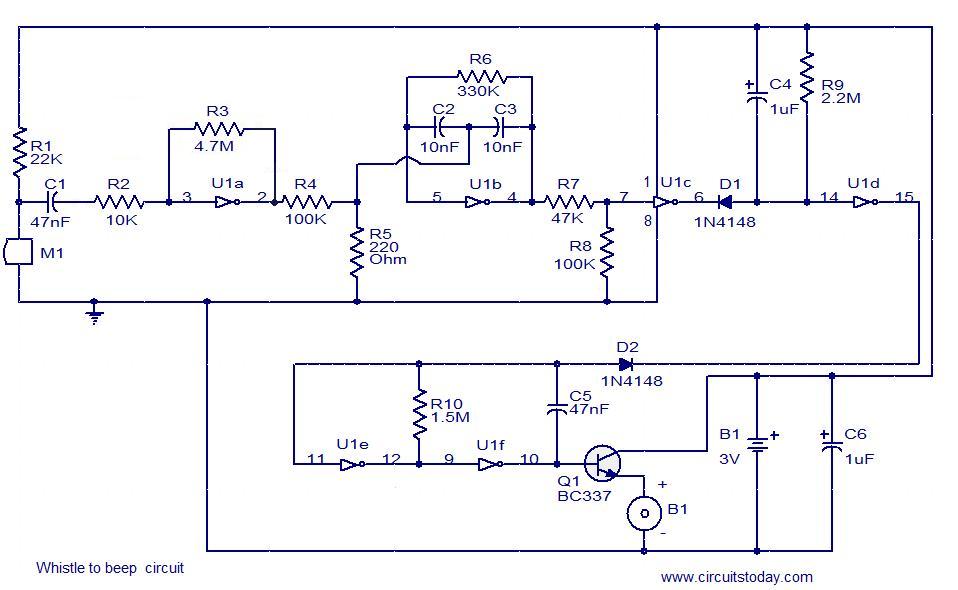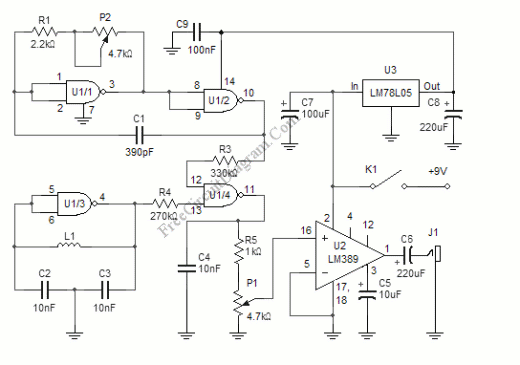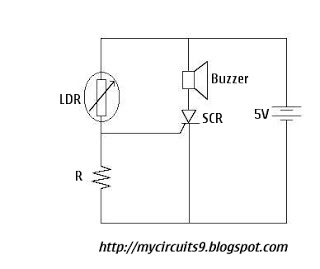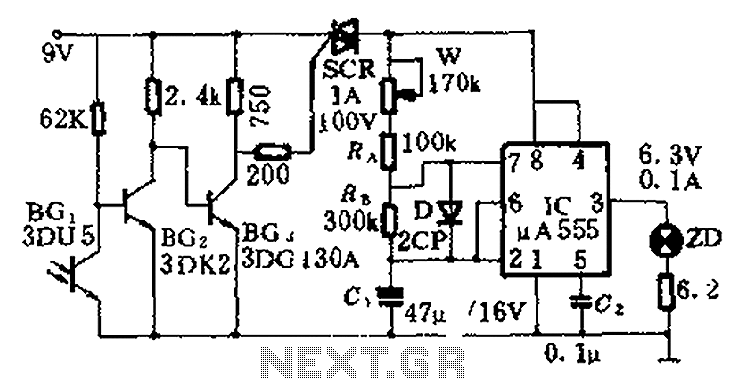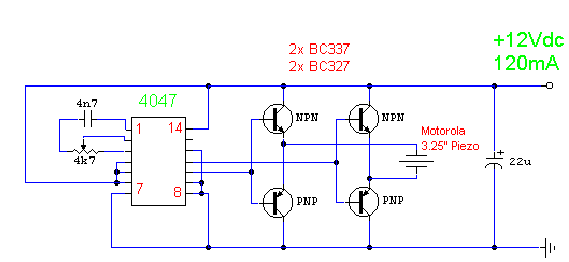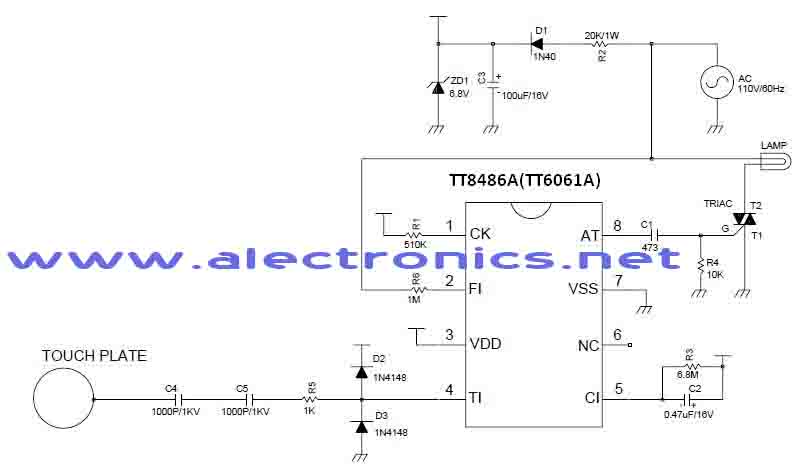
Delayed headlights circuit
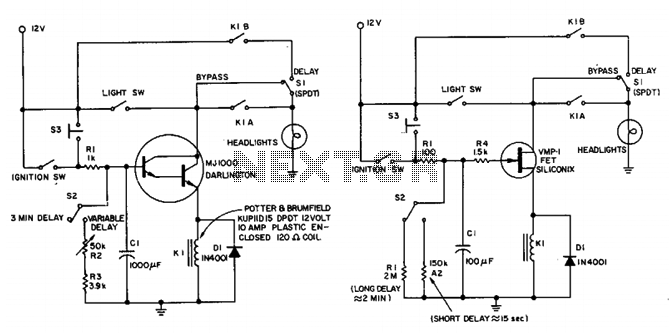
This circuit maintains the headlights of an automobile in an on state temporarily. It also ensures that the lights turn off automatically, even if the user forgets to switch them off manually. The shut-off delay is activated only when both the ignition and light switches are engaged, and it is triggered only if the ignition switch is turned off first. If the light switch is turned off prior to the ignition switch, no delay occurs. The operation of parking lights and brake lights remains unaffected. The maximum timeout can extend up to 3 minutes in the first part of the circuit and can last for hours in the second part, depending on the selected relay and the resistance value of R2. A switch S2 allows for the selection between a short or long delay. A momentary switch S3 can restart the timing of the circuit before the timeout period is completed. A bypass switch, S1, eliminates the delay function. This Darlington time-delay circuit enables the automobile headlights to remain illuminated for up to 3 minutes after the driver exits the vehicle. A FET version of the delay circuit permits the use of a smaller timing capacitor, CM, for a specified delay and provides an almost instantaneous reset, while the Darlington circuit requires nearly 2 seconds for a reset.
The described circuit utilizes a Darlington pair configuration to achieve a reliable time-delay mechanism for automobile headlights. The fundamental operation involves monitoring the states of the ignition and light switches. When both switches are closed, the circuit remains active, allowing the headlights to remain illuminated. The timing mechanism is primarily controlled by a resistor-capacitor (RC) network, where R2 plays a crucial role in determining the duration of the delay.
In addition to the basic functionality, the circuit incorporates several user-configurable features. The switch S2 allows the user to select between a short delay (e.g., 3 minutes) and a longer delay (potentially hours), providing flexibility based on user preference or specific scenarios. The momentary switch S3 serves as a reset mechanism, enabling the user to restart the timing sequence without having to cycle the ignition or light switches again. This is particularly useful in situations where additional time is needed, such as when loading items into the vehicle after exiting.
The bypass switch S1 is an essential feature that allows the user to disable the time-delay function entirely, ensuring that the headlights can be turned off immediately if desired. This is particularly useful in emergency situations or when the vehicle is parked for an extended period.
For applications requiring a more compact design or faster reset times, a FET-based version of the circuit can be employed. This variant utilizes a Field Effect Transistor (FET) to achieve a similar delay function while allowing the use of a smaller timing capacitor, CM. The FET design enhances the circuit's responsiveness, providing an almost instantaneous reset capability compared to the Darlington configuration, which necessitates a delay of approximately 2 seconds for reset.
Overall, this automotive headlight delay circuit is a practical solution for enhancing vehicle safety and convenience, ensuring that headlights remain illuminated for a predetermined time after exiting the vehicle while providing user-friendly options for delay adjustment and immediate bypassing of the delay function.This circuit keeps an automobile's headlights on temporarily. It also will turn the lights off, even if you forget to flip the light switch. The circuit's shut-off delay is actuated only after both the ignition and light switches have been on, and only if the ignition switch is turned off first. If the light switch is turned off first, no delay results. Parking and brake-light operation is not affected. The maximum time out can be up to 3 minutes in part 1 and hours with the circuit in part 2, depending on the relay selected and the value of R2.
A switch S2 can be used to permit selection of either a short or long delay. Momentary switch S3 can restart circuit timing before the time-out is completed. A bypass switch, SI removes the delay action. Automobile headlights may be kept on up to 3 minutes after you leave the car with this Darlington time-delay circuit. A FET version of the delay circuit allows the use of a smaller timing capacitor, CM for a given delay, and almost instantaneous reset with the Darlington circuit needs almost 2 s.
The described circuit utilizes a Darlington pair configuration to achieve a reliable time-delay mechanism for automobile headlights. The fundamental operation involves monitoring the states of the ignition and light switches. When both switches are closed, the circuit remains active, allowing the headlights to remain illuminated. The timing mechanism is primarily controlled by a resistor-capacitor (RC) network, where R2 plays a crucial role in determining the duration of the delay.
In addition to the basic functionality, the circuit incorporates several user-configurable features. The switch S2 allows the user to select between a short delay (e.g., 3 minutes) and a longer delay (potentially hours), providing flexibility based on user preference or specific scenarios. The momentary switch S3 serves as a reset mechanism, enabling the user to restart the timing sequence without having to cycle the ignition or light switches again. This is particularly useful in situations where additional time is needed, such as when loading items into the vehicle after exiting.
The bypass switch S1 is an essential feature that allows the user to disable the time-delay function entirely, ensuring that the headlights can be turned off immediately if desired. This is particularly useful in emergency situations or when the vehicle is parked for an extended period.
For applications requiring a more compact design or faster reset times, a FET-based version of the circuit can be employed. This variant utilizes a Field Effect Transistor (FET) to achieve a similar delay function while allowing the use of a smaller timing capacitor, CM. The FET design enhances the circuit's responsiveness, providing an almost instantaneous reset capability compared to the Darlington configuration, which necessitates a delay of approximately 2 seconds for reset.
Overall, this automotive headlight delay circuit is a practical solution for enhancing vehicle safety and convenience, ensuring that headlights remain illuminated for a predetermined time after exiting the vehicle while providing user-friendly options for delay adjustment and immediate bypassing of the delay function.This circuit keeps an automobile's headlights on temporarily. It also will turn the lights off, even if you forget to flip the light switch. The circuit's shut-off delay is actuated only after both the ignition and light switches have been on, and only if the ignition switch is turned off first. If the light switch is turned off first, no delay results. Parking and brake-light operation is not affected. The maximum time out can be up to 3 minutes in part 1 and hours with the circuit in part 2, depending on the relay selected and the value of R2.
A switch S2 can be used to permit selection of either a short or long delay. Momentary switch S3 can restart circuit timing before the time-out is completed. A bypass switch, SI removes the delay action. Automobile headlights may be kept on up to 3 minutes after you leave the car with this Darlington time-delay circuit. A FET version of the delay circuit allows the use of a smaller timing capacitor, CM for a given delay, and almost instantaneous reset with the Darlington circuit needs almost 2 s.
